I can’t remember how I came across it, but I know the minute it did I connected with the title. I have three teenage boys, so “it wasn’t me” is basically my life. I immediately checked it out from the library.
Why I Finished It:
Shout out to my 80s friends – this book will be your childhood delivered in a beautiful new package. This story takes the concept of The Breakfast Club, adds a mystery, and makes it current. Thank you Dana Alison Levy! My high school self could not put this book down!
Levy masterfully captures a child’s voice. There were plenty of times when one of the characters thought something or said something and I swore it was one of my personal kids or a student I have taught in the past.
It Wasn’t Me highlights the beautiful and painful moments of growing up. There are six students, one whose work was vandalized, and five others who might have committed the crime. Each student has a stereotyped identity on the surface (the jock, the nerd, the goody-goody, etc.), but throughout the book, each child realizes how much more complex the others really are. The students are forced to spend a week vacation to do “restorative justice” in order to move past this horrible event.
Who I Would Give It To:
This is a great class read for grades 4-8. There would be a lot of power in having deep conversations in class about the events in the book (bullying, restorative justice, intentions, stereotypes, labels, etc.) I will be giving it to each one of my personal kids as well. I think it’s an important read. The beauty is that all my kids found The Breakfast Club on TBS and they loved it, so I know this book will be a hit as well!
Integration Ideas:
Let’s face it, readers will not find the theme of the book if they don’t understand the characters and this book is no different.
The themes included in this book are justice, bullying, friendship, labels, and stereotypes.
Honestly, they all kind of intertwine throughout the story. One statement that is presented throughout the book (and I LOVE IT) is intentions and actions aren’t always the same things. Let it sink in. Perfect – right? In the classroom, I pull out this phrase and use it throughout. Before beginning the novel, I have students work in groups to define the words intentions and actions. Have students illustrate and write their answers before presenting it to other groups.
Then provide students with character pages. As they read, they can write the characters’ intentions or what they’re dealing with inside the character shape and write what their actions outside the character shape (see student example to the right). After each chunk of text, students should gather in groups to discuss the characters intentions vs their actions. I would also have student groups compare situations to their own lives and feelings. Of course, students can also explain what they think happened to Theo’s pictures and try to solve the mystery.
Vocabulary:
As always, choose ONLY the important words to teach and have the students learn. Other words can just be frontloaded to the students to help them as they read. (Vocabulary App Smashing is one of our most popular sessions that help students retain new words. Contact us to find out more!)
traumatize (12)
angsty (51)
stealth (53)
egregious (57 and 153)
perpetrators (59)
constraints (59)
sullen (67)
masquerading (67)
anonymity (74)
annihilated (74)
anarchy (77)
impassioned (90)
intrinsically (109)
misogynist (110)
unsolicited (112)
determinedly (114)
embroiled (118)
avarice (146)
earnest (157) – great place to teach context clues in the real world
telepathy (182)
perplexed (215)
invalidated (222)
vindication (226)
precarious (261)
provision (262)
Restorative Justice and Debate:
Honesty time – I had never heard of restorative justice. Apparently, I might be one of the few. It was all over the place once I started digging. The students in the story are going through this process and you learn a little bit about it as you read. I think it’s really interesting, especially as a parent and a teacher. The students will inevitably be interested in this system – one that would treat them as adults rather than send them to immediate detention. Have the students read about the system and decide what they think. Set up a debate in the classroom and have the students use rhetorical devices to argue their point of view!
- TED Talk on the Neuroscience of Restorative Justice
- Center for Justice and Reconciliation
- The Institute for Restorative Justice
- Charter for Compassion
- A New York Times Article on Forgiveness and Restorative Justice
- Texas Tribune on Restorative Justice in Schools
Action Research:
Getting along with everyone and bullying is such an issue right now. This book is a great springboard to get the students thinking about issues in their own school. In groups, get the students discussing what issues there are with stereotyping, labeling, bullying, etc. As a whole class, list out identifiable problems at the school. In small groups, students should choose an issue and work together to help with the situation. Perhaps they want to create a club, write a blog, have lunch mixers, etc. Whatever is devised, students should be allowed to try their plan out.

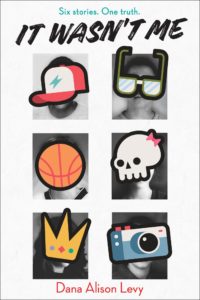



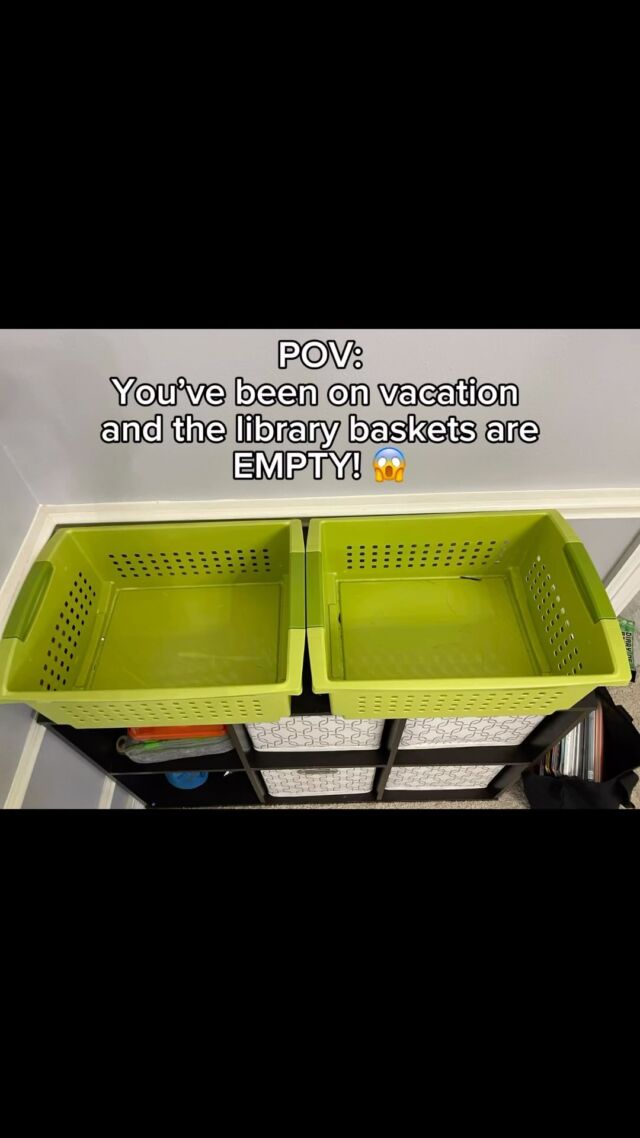
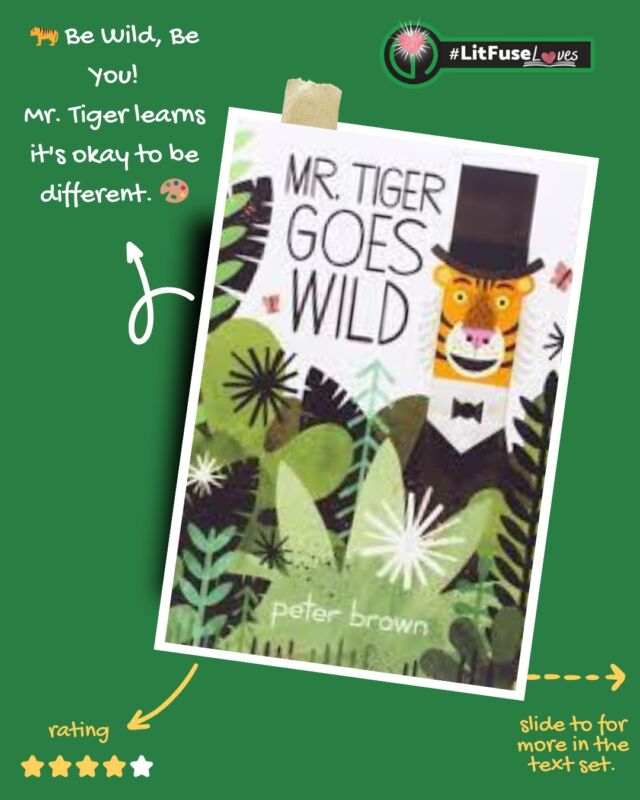
 Building Bridges: Creating a Text Set on Frie
Building Bridges: Creating a Text Set on Frie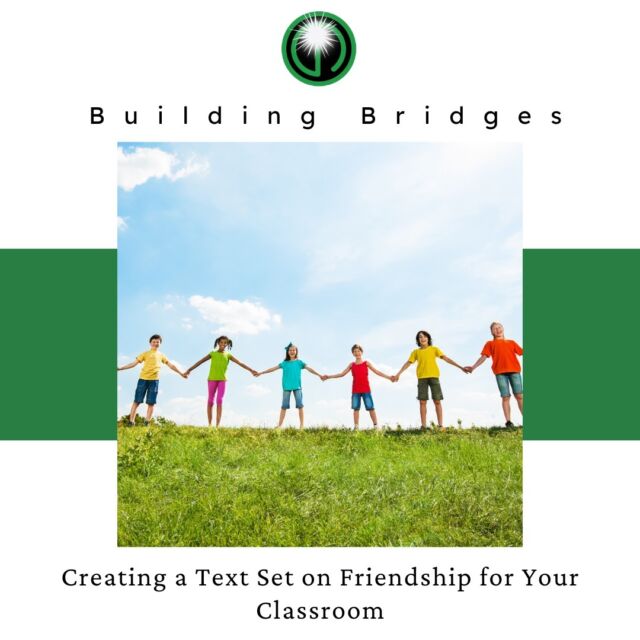
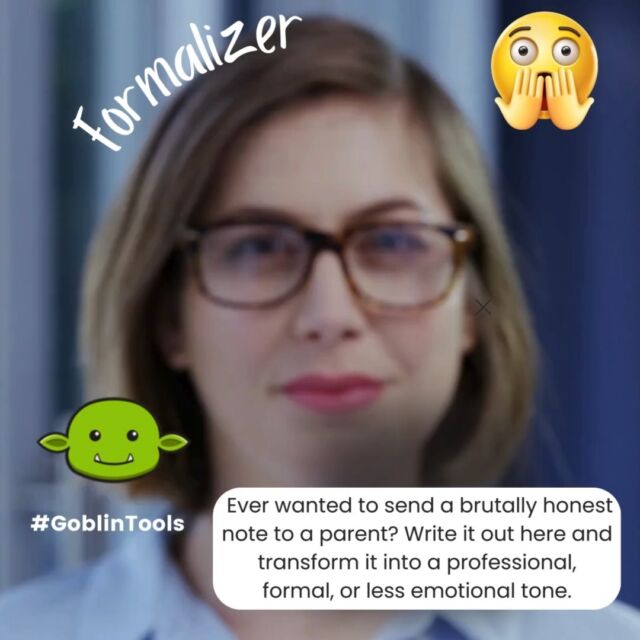
 Hey, amazing educators!
Hey, amazing educators! ![🌟 Hey, amazing educators! 🌟 Ready to kick off the school year with an engaging unit on rules and laws? 📚✨
We’ve picked some fantastic books to help your students understand why rules matter and how they shape our world. Check out these gems:
1️⃣ What If Everybody Did That? - Discover the hilarious and important reasons why rules matter.
2️⃣ Seven Rules You Absolutely Must Not Break If You Want to Survive the Cafeteria - Navigate the cafeteria with essential do's and don'ts.
3️⃣ A Bike Like Sergio's - Explore honesty and making the right choices.
4️⃣ Chairs on Strike - Learn about respecting classroom rules in a fun way.
5️⃣ Do Unto Otters: A Book About Manners - Embrace the Golden Rule with our otter friends.
🌟 Want more hands-on activities, vocabulary tips, and detailed descriptions of these books? Head over to our blog post for the full text set and loads of interactive teaching ideas! 🌟 [Link in bio]
💬 We’d love to hear your thoughts! Drop a comment below with your favorite book or share your own ideas on teaching rules and laws. Don’t forget to like and share this post with your fellow educators! Let’s make learning fun and meaningful together! 💖📖
#LiteracyAndLearning #RulesAndLaws #ElementaryEducation #BookRecommendations #ClassroomTips #EngagingLearning #StudentSuccess #TeacherResources](https://literaryfusions.com/wp-content/uploads/sb-instagram-feed-images/448980028_389914004085978_6215087207340322911_nfull.jpg)
 Exciting Book Review Alert!
Exciting Book Review Alert! ![📚 Exciting Book Review Alert! 📚
Hey there, book lovers and educators! 👋 We're thrilled to share a captivating book review that has us buzzing with inspiration. 🤩📖
📖 Book: "The Girl in the Red Skirt" by Lucy Cooley
📝 Review: [Link in Bio]
🌟 Rating: ⭐⭐⭐⭐⭐
In our pursuit of enhancing literacy and technology best practices in classrooms, we're always on the lookout for stories that ignite a love for reading and learning. "The Girl in the Red Skirt" is a must-read that masterfully combines the art of storytelling with an enchanting narrative.
📚 Review Highlights:
🔥 Gripping narrative that keeps you turning pages
🧠 Thought-provoking themes perfect for classroom discussions
💡 High level vocabulary
🙌 Empowering young minds through literacy
Swipe to catch a glimpse of the review or click the link in our bio to dive deeper into this literary gem. 📲💫
Educators, if you're looking for engaging material to inspire your students, this book is a fantastic addition to your reading list. 📚🍎
Let's transform the future of education together! 💡 If you're interested in our education consultancy services, feel free to reach out. We're here to help schools create enriching learning environments. 🏫👩🏫👨🏫
#LiteracyMatters #TechnologyInEducation #BookReview #EducationConsultants #ClassroomInnovation #TheGirlInTheRedSkirt #InspireLearning #ReadAndGrow #EducationForTheFuture](https://literaryfusions.com/wp-content/uploads/sb-instagram-feed-images/382394110_283049717946553_1109139895454642258_nfull.jpg)
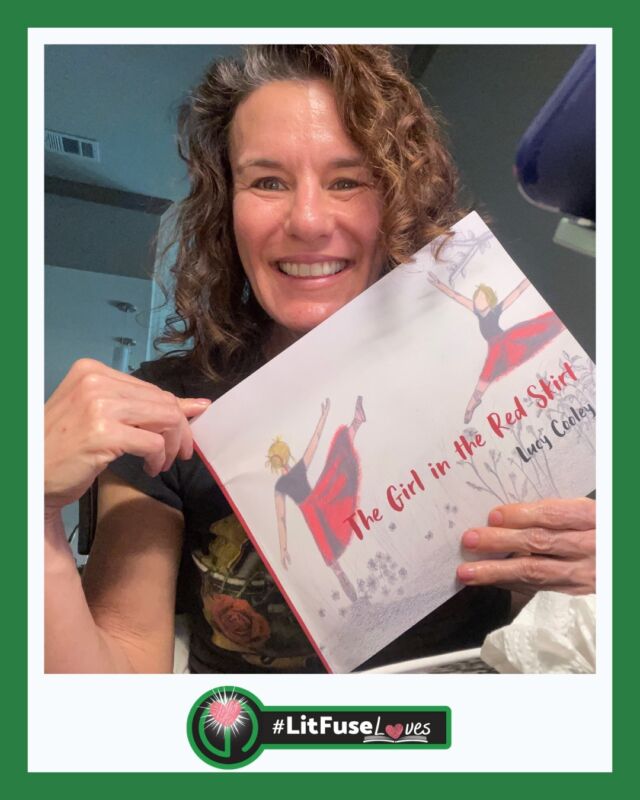

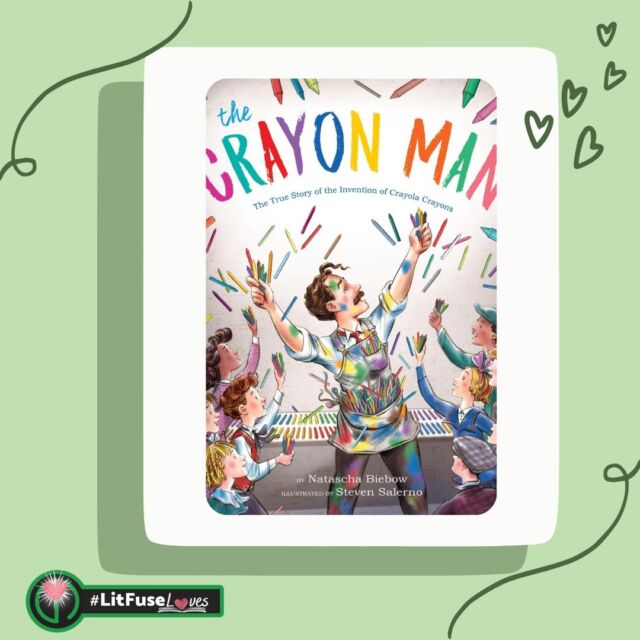

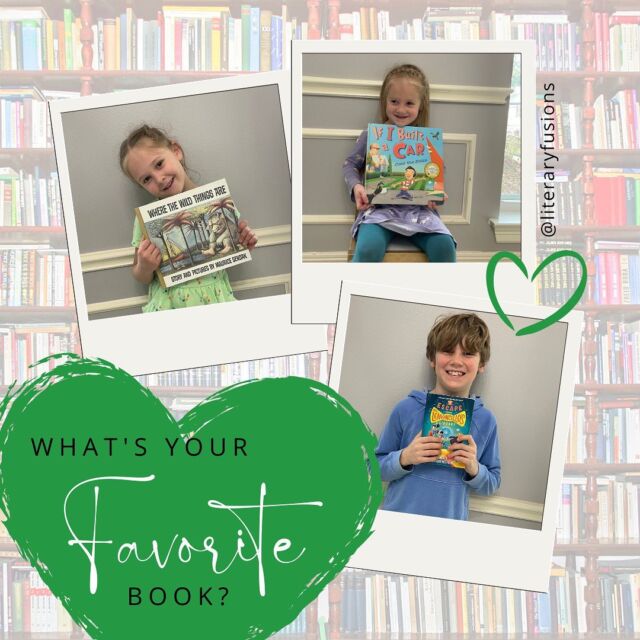



Leave a Reply